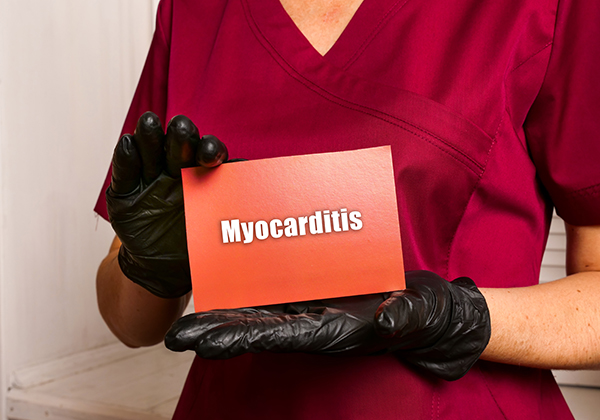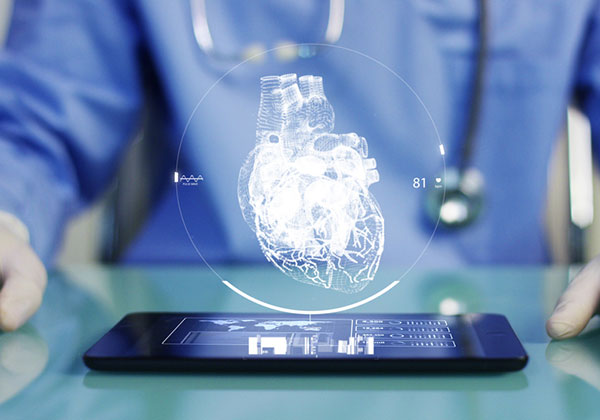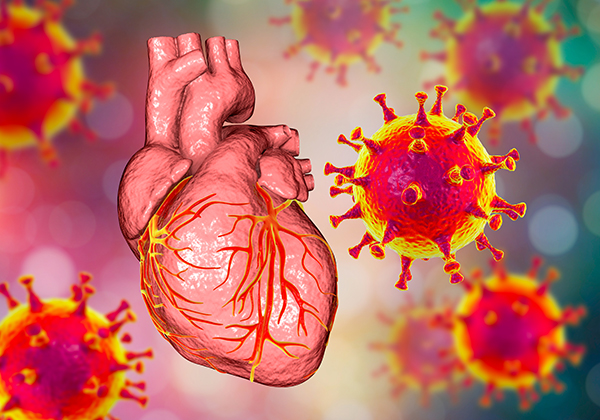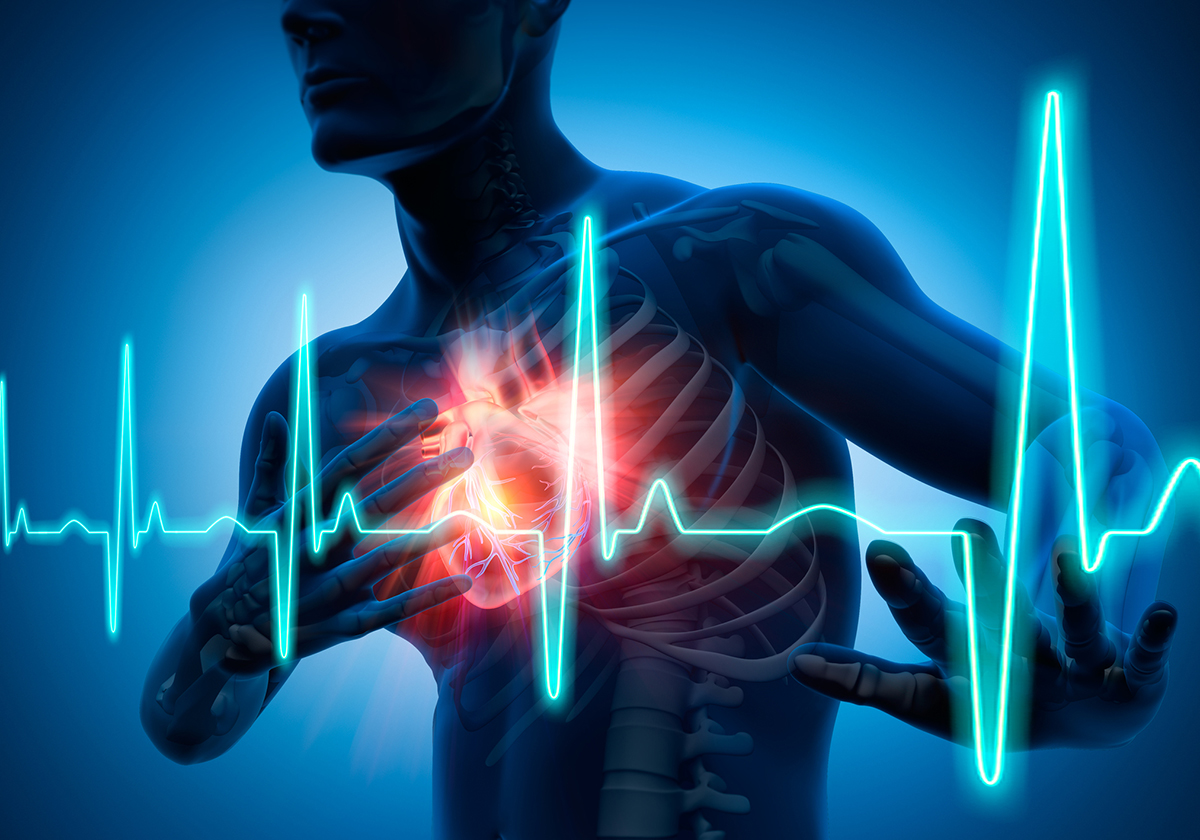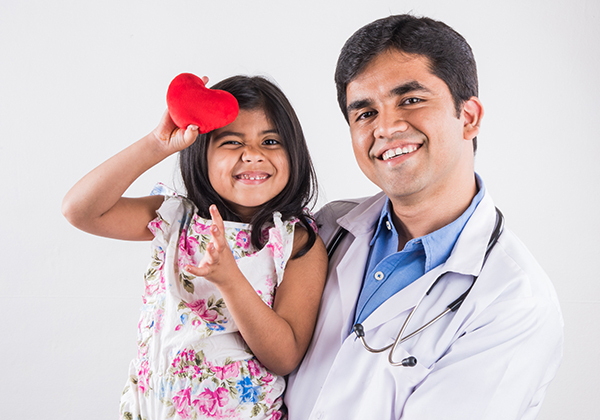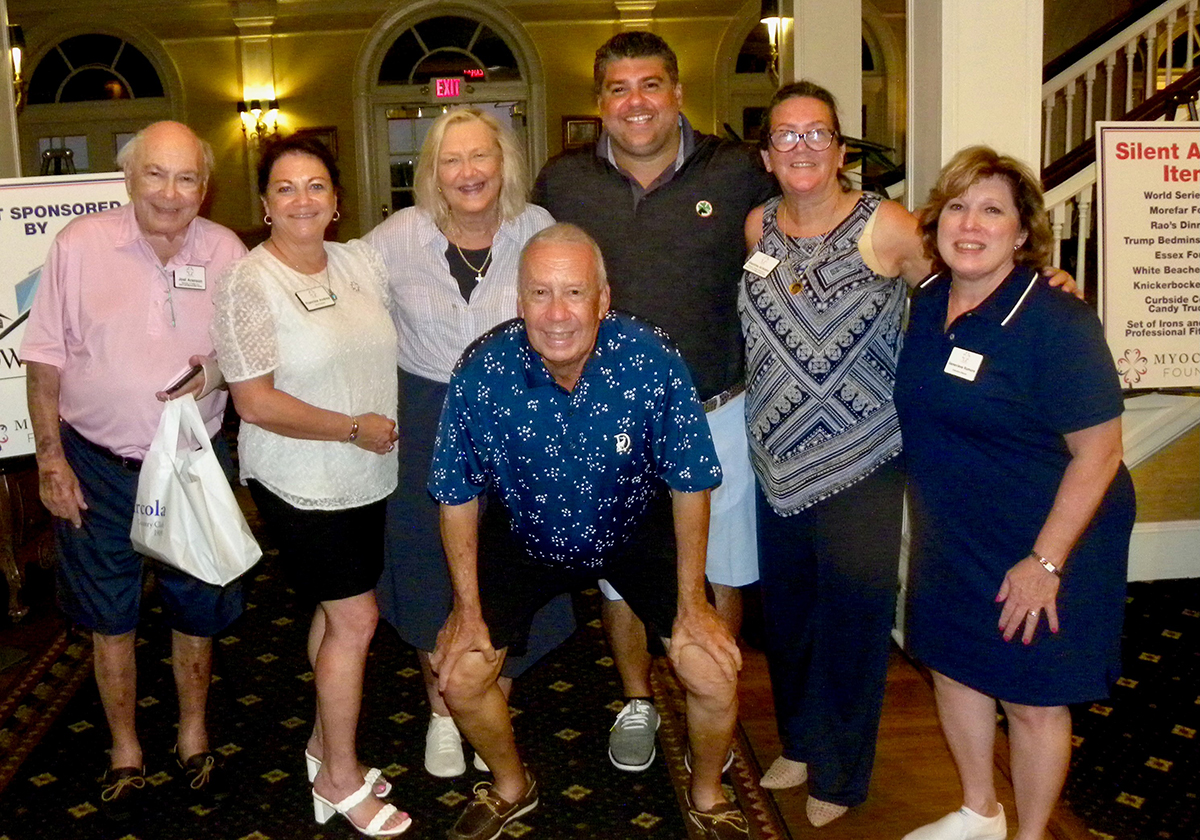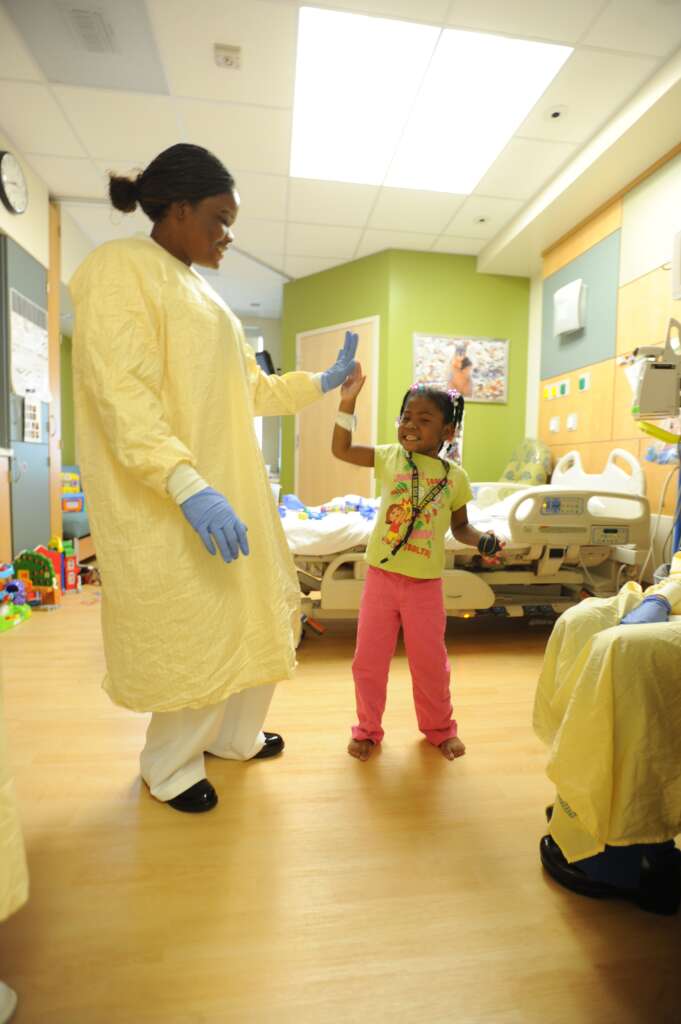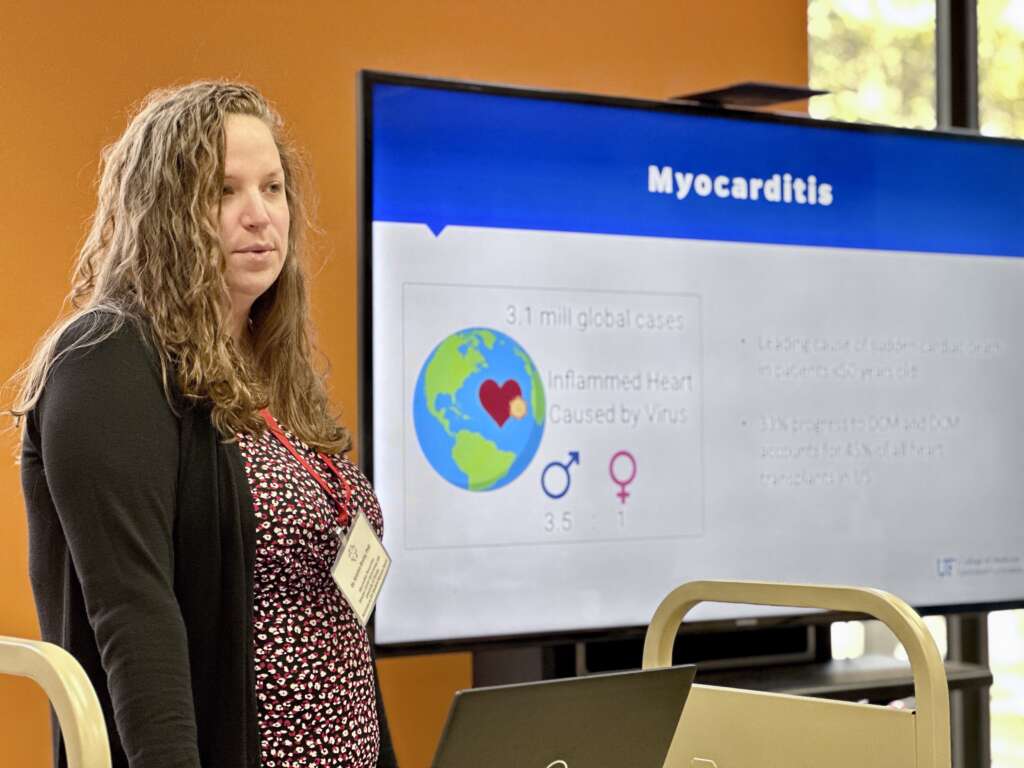Discover Myocarditis Causes, Symptoms, Diagnosis and Treatment
About Myocarditis
Myocarditis is classified as a rare disease but is estimated to affect thousands of adults and children in the U.S. and around the world each year. 3.1 million cases of myocarditis and cardiomyopathy were diagnosed in 2017 (statistics posted in Lancet, November 2018). Because many individuals – and even physicians – are unfamiliar with this condition, the Myocarditis Foundation was established in 2005 to provide a trusted resource for those affected by myocarditis. Here, we’ll review the disease’s causes, symptoms, treatment and more to answer your most pressing questions.

About Your Heart
Your heart is a four-chambered, muscular pump about the size of an adult fist. Normally, the heart beats 60 to 100 times per minute, pumping blood throughout your body with each beat.
Two upper heart chambers called the right and left atria (each is called an atrium) receive blood that returns to the heart from the body. Veins carry this returning blood to the atria. When the muscles of the atria contract, blood is squeezed into the two larger, lower heart chambers called the right and left ventricles. When the muscles of the ventricles contract, blood is propelled through arteries to the entire body. The pumping of the ventricles creates the pulse you feel in your wrist or neck.
Myocarditis Causes
Viral infections are a leading cause of myocarditis. Inflammation occurs during the course of infection, putting stress on the heart that remains even after the infection is resolved. Cancer, bacterial infections and other contagious diseases can also cause myocarditis, as can exposure to environmental toxins ranging from metal poisons to spider and snake venom. Between 6% and 18% of myocarditis patients carry a genetic mutation associated with increased risk of cardiomyopathy.
A significantly smaller group of individuals with autoimmune conditions, may develop giant cell myocarditis. This variation of the disease often results in rapid deterioration but may still respond successfully to treatment, especially when diagnosed early. Currently there are no known lifestyle choices or medical treatments that can prevent myocarditis.
What are the Symptoms of Myocarditis?
One of the greatest challenges to the diagnosis and treatment of myocarditis is the lack of specific symptoms of myocarditis. In many cases, individuals experience no symptoms of myocarditis at all. When they are present, symptoms may point to the viral infection itself or suggest other cardiac problems such as a heart attack. Common symptoms of myocarditis can include, but are not limited to:
- Shortness of breath, especially after exercise or when lying down
- Fatigue
- Heart palpitations
- Chest pain or pressure
- Lightheadedness
- Swelling in the hands, legs, ankles and feet
- A sudden loss of consciousness
If any of these symptoms are detected, it’s important to speak to your doctor right away.
How is Myocarditis Diagnosed?
The majority of cases of myocarditis have no symptoms and are not diagnosed. However, when a person develops symptoms,common tests for myocarditis include the following:
- An Electrocardiogram Electrical activity of your heart is detected by electrodes taped to your skin. This activity is recorded as waves that represent the electrical forces in the different parts of the heart.
- A Chest X-Ray A chest X-ray produces an image on film that outlines your heart, lungs and other structures in your chest. From a chest X-ray, your physician learns information such as the size and shape of your heart.
- An Echocardiogram (abbreviated echo) Sound waves (too high-pitched to be heard) are used to make an image of your heart or analyze blood flow. The sound waves are sent into your body from a transducer, a small plastic device. The sound waves are reflected back from internal structures, returning to the transducer and producing images of the heart and its structures.
- Less frequently A cardiac magnetic resonance imaging (MRI) scan may be done to diagnose myocarditis. An MRI creates images using a magnetic field and radio waves.
- Occasionally A heart biopsy is required to confirm the diagnosis.

Treatment for Myocarditis
While there is no known treatment for viral myocarditis, the physician will treat the symptoms (known as symptomatic treatment) caused from the effects of myocarditis. For example, if the blood pressure is elevated, they will treat the elevated blood pressure. If there is an element of weakened heart function, they will treat that with various cardiac medications, dependent on the specific case. If there are cardiac arrythmias, those may be treated dependent on the type and quantity.
Avoiding sustained and strenuous exercise can prevent further heart damage. While the heart needs to continue functioning even though it is sick, excessive strain can delay or prevent healing. The usual period-of- time of cardiac rest, is from 3 to 6 months, but each case is different. During this time, activities of usual daily life such as easy walking are not prohibited but rigorous exercise and competitive sports should be avoided. You would need to clarify exactly what you could do with your physician. Tobacco use is discouraged, as well as drinking alcohol. Alcohol, particularly in excess, can increase the risk of arrhythmias and weaken an already weakened heart. Caffeinated products, including energy drinks, are also stimulants and should be avoided.
Think of a broken bone. It usually gets placed in a cast for an average of 6 to 8 weeks to immobilize it and allow it to best heal. The bone will heal whether you put it in a cast or not, but it will probably take longer and most likely will not heal as well nor function as well if not aligned properly in a cast and allowed to rest and heal.
Also, think of a bad laceration that really should have stiches to heal the best it can with minimal scarring. If you don’t stitch it, it will eventually heal, but the scar will most likely be larger than if you had stitched it. Scar tissue is not as strong as healthy tissue. The area of the heart muscle, that is affected by the myocarditis, becomes red and inflamed initially, much like a bad laceration. As it heals, the area becomes less inflamed, and less painful / tender over time. Eventually, if you receive stitches, the scar will be smaller than if left on its own to heal and constantly allowed to move around. This is similar to working a sick heart, when it should be given the rest to heal itself.
After Myocarditis
After treatment, many patients live long, full lives free from the effects of myocarditis. For others, however, ongoing cardiovascular medication or even a heart transplant may be needed. Overall, dilated cardiomyopathy which can result from myocarditis accounts for up to 45 percent of heart transplants in the U.S. today.
Healthy lifestyle changes can also support proper heart function. Your doctor may recommend that you reduce sodium in your diet, avoid alcohol, limit fluid intake and quit smoking. It’s also generally advised that you avoid competitive sports and other rigorous exercise for a period after diagnosis, to be determined by the cardiologist. And while it’s possible for the disease to come back, more-so in giant cell myocarditis, it is extremely rare.
Can Myocarditis Recur?
Yes, myocarditis can recur, and in some cases can lead to a chronically enlarged heart (called dilated cardiomyopathy). There is no known way to prevent recurrence of myocarditis. However, the risk of recurrence is low (probably about 10 to 15 percent).
What Can be Done to Prevent Myocarditis?
No lifestyle changes or medical treatments are known to prevent viral myocarditis.
Because myocarditis is rare, information is limited regarding its causes and effective treatments. Myocarditis is not believed to be inherited. No genes are known to predispose people to myocarditis.
The Search for a Cure Continues
Today’s patients and healthcare providers have more information than ever about myocarditis. Still, there are many discoveries yet to be made, and the Myocarditis Foundation is dedicated to supporting researchers and physicians in the search for a cure. If you or a loved one has been diagnosed with giant cell myocarditis, our extensive research library and frequently asked questions can help provide some of the answers you seek. To learn more, contact us today or make a donation to contribute to our mission.
Make a difference, participate in a clinical trial
Learn more about myocarditis or browse myocarditis FAQs, myocarditis research articles and myocarditis research photos.

